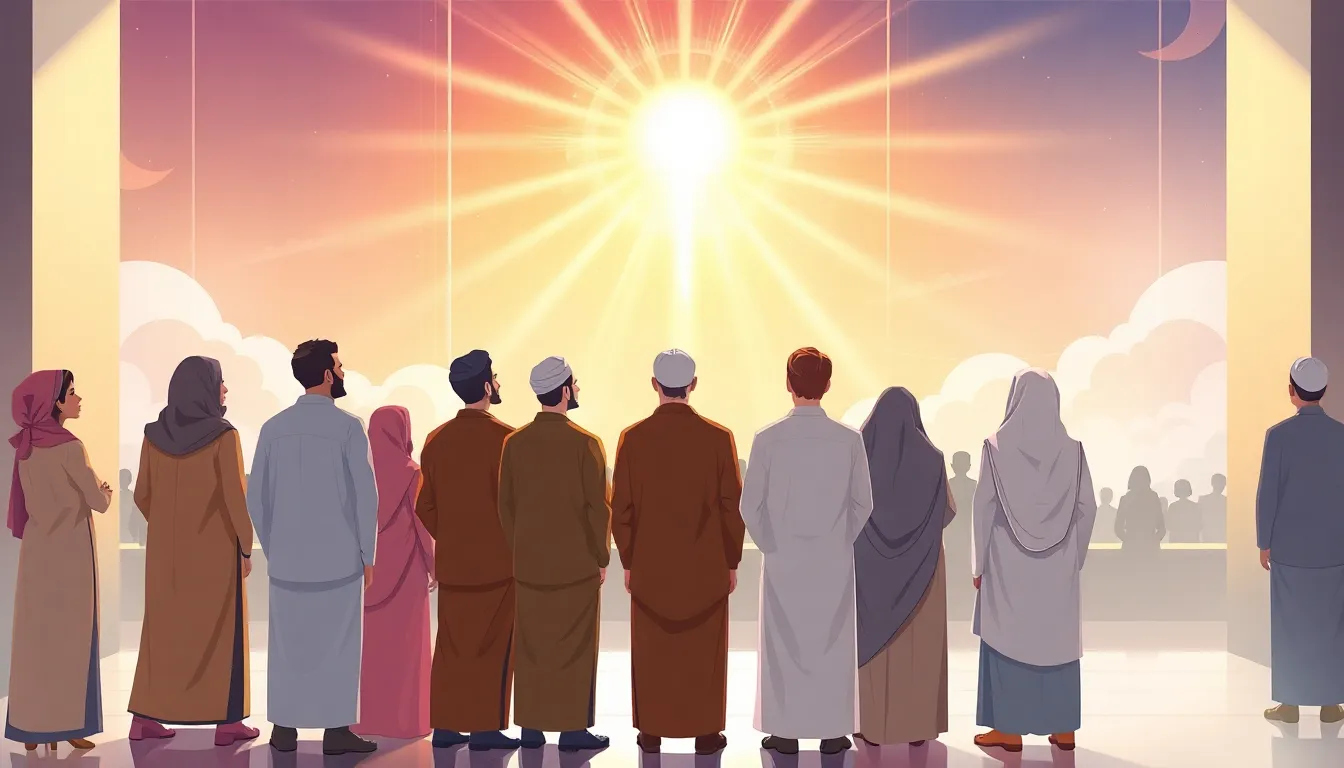What exactly is Maheşr and why should anyone care? Well, holding the key to rich cultural and historical insights, Maheşr isn’t just a term thrown around casually. Imagine a concept so dense that it could spice up conversations, ignite debates, and even fuel some passionate lectures, welcome to the intriguing world of Maheşr. This article dives deep into its significance, unraveling layers that are often misunderstood. Not only will you impress your friends at parties, but you might just come away with a new perspective on life itself.
Maheşr

Maheşr is a term stemming from various religious and cultural contexts, most prominently found in Islamic eschatology. Defined succinctly, it refers to the Day of Judgment or a gathering of souls for divine assessment. This event marks the ultimate reckoning where each soul is judged based on their earthly actions. The significance of Maheşr goes beyond a mere definition, it embodies the culmination of moral accountability. This powerful idea encourages individuals to reflect on their choices and live with purpose, making it a cornerstone in many faiths.
Historical Background of Maheşr
The historical backdrop of Maheşr dates back to ancient religious texts, with its roots deeply embedded in various cultural narratives. In Islamic tradition, references to the Day of Judgment can be traced to the Qur’an, where vivid descriptions serve to remind believers of the consequences of their actions. Also, prophetic traditions offer insights into the nature of Maheşr, including events leading up to that day and the experiences individuals will face. Examining these historical nuances showcases the evolving interpretations of Maheşr, emphasizing its relevance throughout time.
Cultural Interpretations and Beliefs
Diving into cultural interpretations reveals a tapestry of beliefs surrounding Maheşr. In various cultures, this concept is not solely relegated to one narrative: instead, it manifests in unique ways that reflect local customs and societal norms. For instance, in some communities, Maheşr is seen as a moment of cosmic justice, where the oppressed find solace and the tyrants are brought to account. Storytelling plays a vital role here, with tales passed down through generations, transforming abstract theories into vivid lessons that inform daily ethics and morality.
Maheşr in Religious Texts
Religious texts serve as a primary source for understanding Maheşr. The Qur’an provides detailed narratives about the signs leading to this momentous occasion. Verses depict not only the events of the day but also the emotional responses of those present. Also, Hadith literature expands upon these themes, offering practical guidance on how believers can prepare themselves spiritually for Maheşr. Scholars often emphasize the need for sincere repentance and good deeds, reinforcing the integral connection between personal conduct and the larger spiritual reality of Maheşr.
Modern Relevance of Maheşr
Today, Maheşr resonates deeply within modern discussions about morality and ethics. In a world dominated by rapid transformation and chaos, the notion of accountability takes on increased importance. Many individuals, regardless of their faith, find themselves reflecting on their choices, seeking meaning in actions that impact not just themselves but society as well. Besides, social movements often highlight the essence of Maheşr, advocating for justice and fairness, traits that are echoed in the teachings surrounding this concept. So, Maheşr remains relevant, acting as a moral compass guiding contemporary behavior.
Comparative Perspectives: Maheşr Across Cultures
When examining Maheşr across various cultures, intriguing similarities and differences emerge. In Christianity, for instance, the Last Judgment resonates with similar themes of accountability and redemption, highlighting a universal quest for justice. Hinduism, too, presents ideas of karmic retribution that echo the sentiment of Maheşr, albeit within a different framework. Such comparative perspectives enrich the dialogue surrounding Maheşr, illustrating how diverse cultures grapple with morality and cosmic order. This interconnectedness fosters mutual understanding, reminding us that, at the core, humanity shares the same aspirations for justice.

